Three
ENTREPRENEURS AND PROFESSIONALS
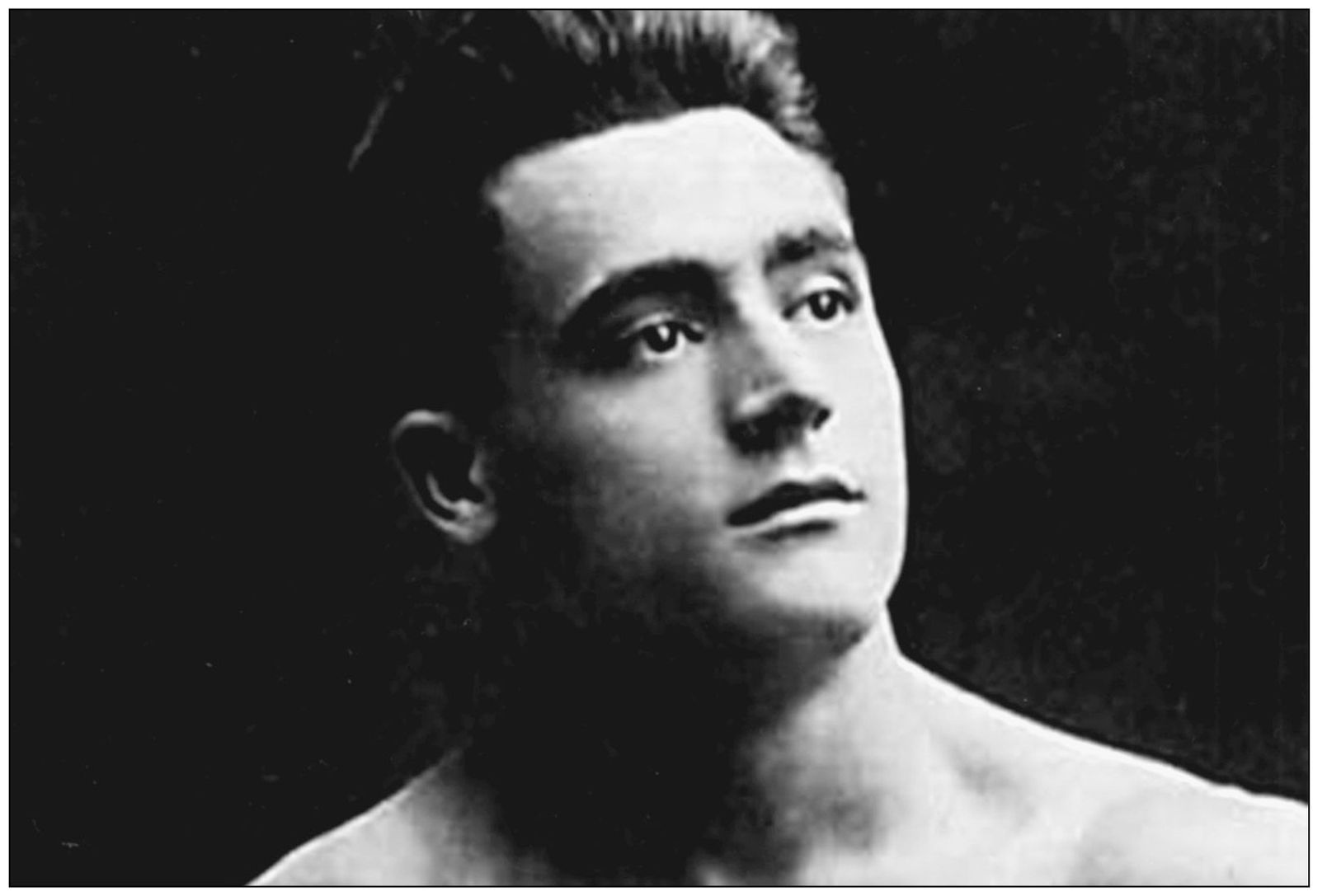
CHARLES ATLAS. Italian immigrant Charles Atlas (born Angelo Siciliano) created the most popular bodybuilding course of the 20th century. So successful was it that it spread the world over and attracted generations of students. Angelo Siciliano (1893–1972) was born in Acri, Italy, and the boy sailed to America with his grandparents and mother on board the SS Roma in a voyage in steerage that took two weeks. Arriving at Ellis Island on September 11, 1903, they were detained for special inquiry as the grandparents had medical problems. But not being dangerously serious, they were all released and allowed to proceed to their new home in New York City.
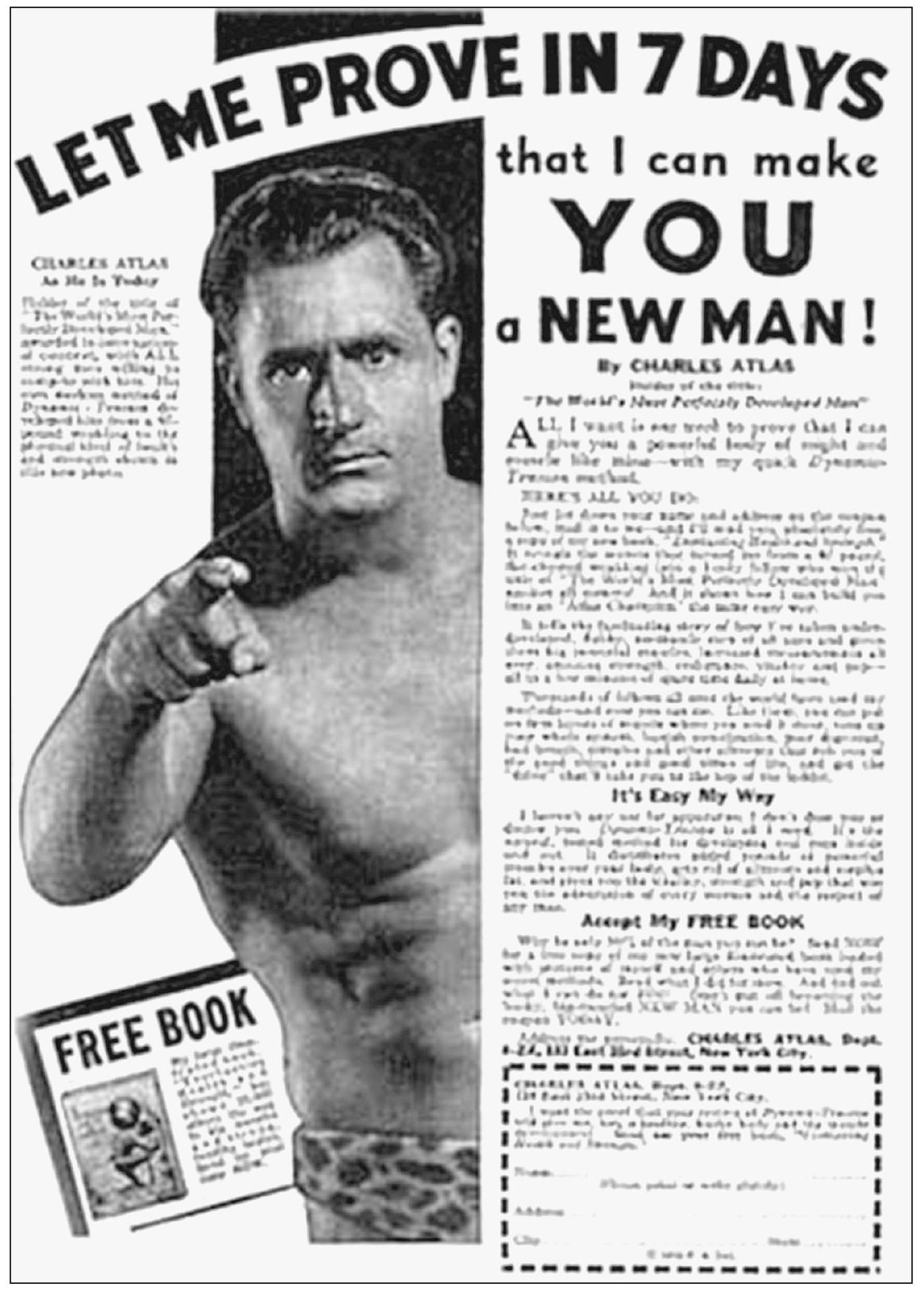
DYNAMIC TENSION. Young Angelo Siciliano grew to manhood and gradually developed his physical strength; the taunts of other youths made him aware of this need. In the 1920s, his attractive looks and physique helped him start a career as an artists’ model. Inspired by the success of bodybuilders Eugene Sandow and Bernarr Mcfadden, he became a strongman at Coney Island and then began selling his dynamic tension exercise program through the popular press, especially comic magazines. With the advertising genius of Charles Roman, he achieved unparalleled success in his field. As years passed, the legend of Charles Atlas grew, and he received correspondence from all over the world. Since his death in 1972, the business he founded, Charles Atlas, Ltd., continues to offer its creator’s special training technique of pitting muscle against muscle as the way to attain physical strength.
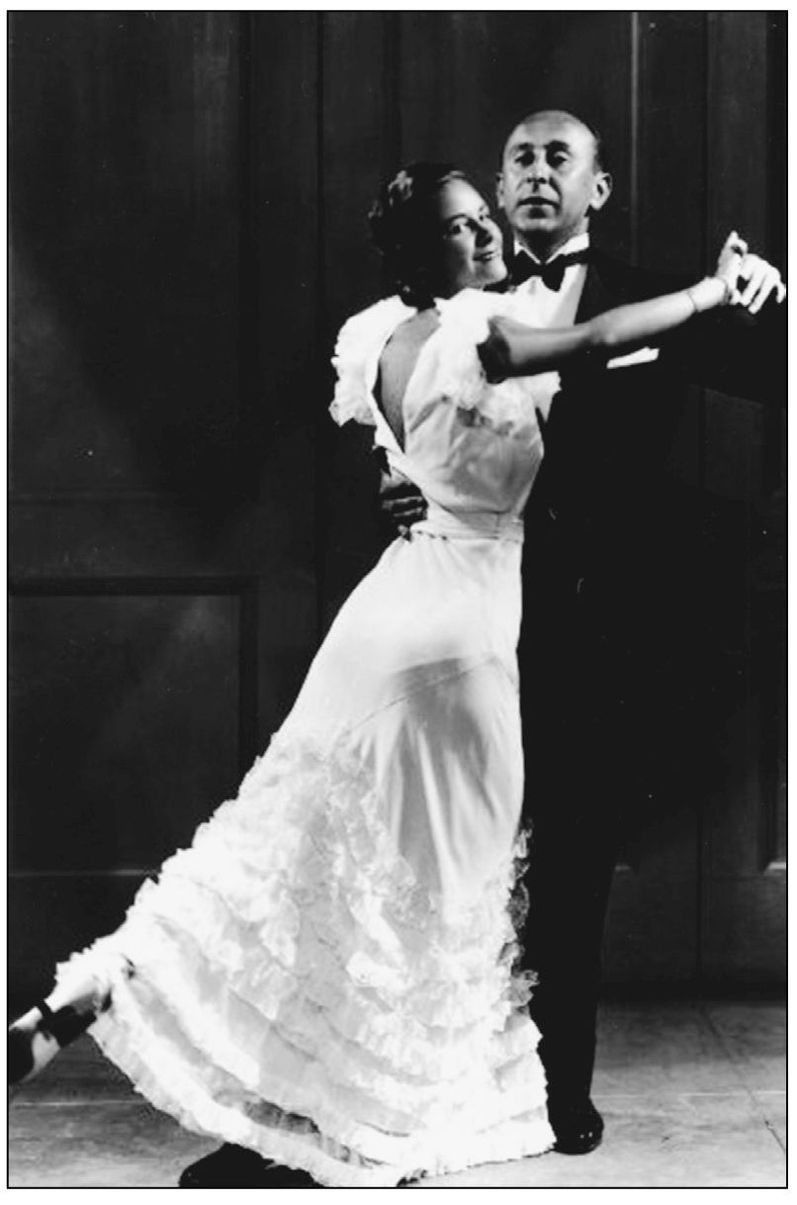
ARTHUR MURRAY. The man who made ballroom dancing even more widely popular than it was never admitted to being foreign born, but in truth, the remarkable Arthur Murray (1895–1991) was typical of the ambitious immigrant generation from which he sprang. A Polish Jew, Moses Teichmann (who changed his name to Arthur Murray) sailed to the New World with his mother and sister in steerage aboard the SS Friesland from Antwerp. From Ellis Island, they went straight to the Lower East Side.
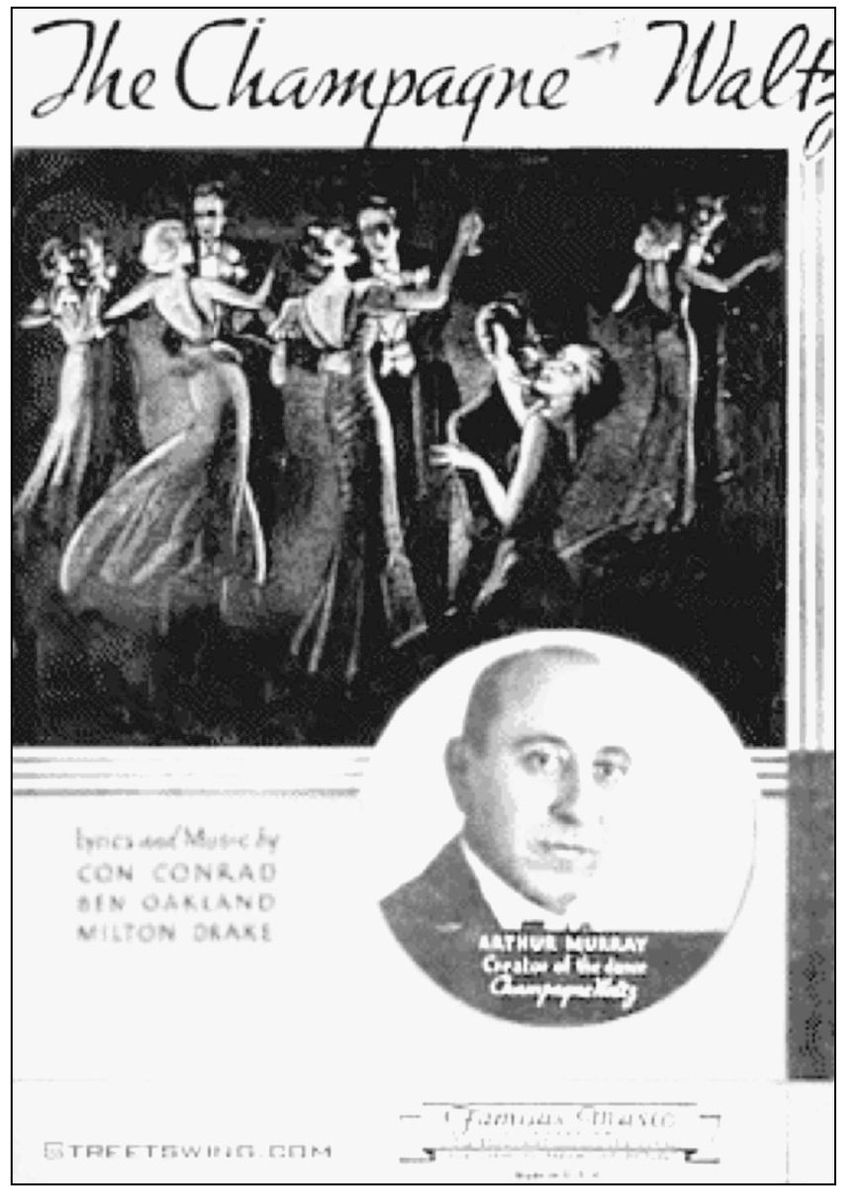
ARTHUR MURRAY IN MUSIC. In 1942, Johnny Mercer and Victor Schertzinger wrote the novelty song “Arthur Murray Taught Me Dancing in a Hurry” for the musical comedy film The Fleet’s In. It was a big hit for comedienne Betty Hutton. Murray was delighted with it, and his studios continued to expand. By 1964, there were over 3,000 worldwide. Murray also had a hit television show, the Arthur Murray Dance Party (ABC, 1952–1964).

MAX FACTOR. The world’s most famous cosmetologist is none other than Max Factor (1877–1938), who introduced pancake makeup and other innovations that glamorized the stars. He created a special look for actresses that set them apart. He gave bee-stung lips to Clara Bow and made Jean Harlow a platinum blonde; similarly he perfected the looks of Joan Crawford, Norma Shearer, Claudette Colbert, Barbara Stanwyck, and Bette Davis. A barber from Lodz, Poland, 30-year-old Max Factor, with his wife and three children, journeyed to the port of Hamburg, Germany, and from there took steerage accommodations on board the SS Moltke. They arrived at Ellis Island in February 1904 and from there went to St. Louis. Eventually they went to Hollywood, and by 1914, he began making his mark in the movie industry.
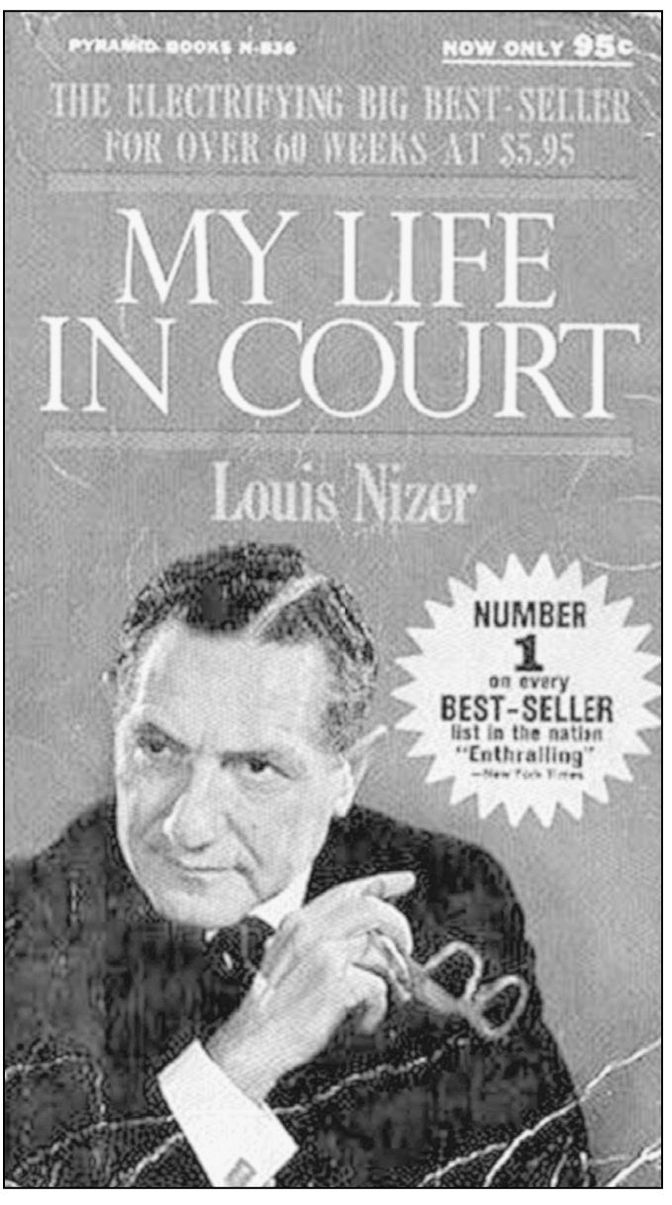
LOUIS NIZER. A brilliant trial lawyer, Louis Nizer (1902–1994) was a wizard at contract, copyright, divorce, and libel law. Further, his spellbinding oratorical skills put him in demand, and he handled the cases of public figures such as Salvador Dali, Mae West, and Charles Chaplin. Nizer was only four when his mother, Bella, brought him to New York to join his father, Joseph, a tailor.
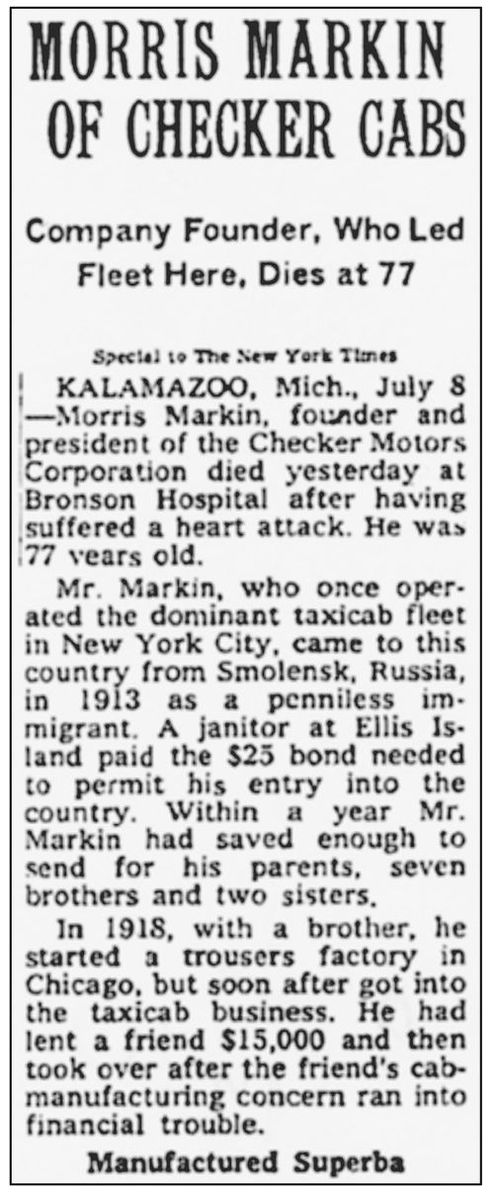
MORRIS MARKIN. For much of the 20th century, the Checker Cab Company reigned supreme among New York City taxicabs. This achievement was the brainchild of a Jewish immigrant from Smolensk, Russia, named Morris Markin (1892–1970). So poor was he on his arrival at Ellis Island in 1912 that he had to borrow $25 from a janitor to convince the inspector to let him in the country. From the garment industry, chance put him in the cab business, and from that point there was no turning back.
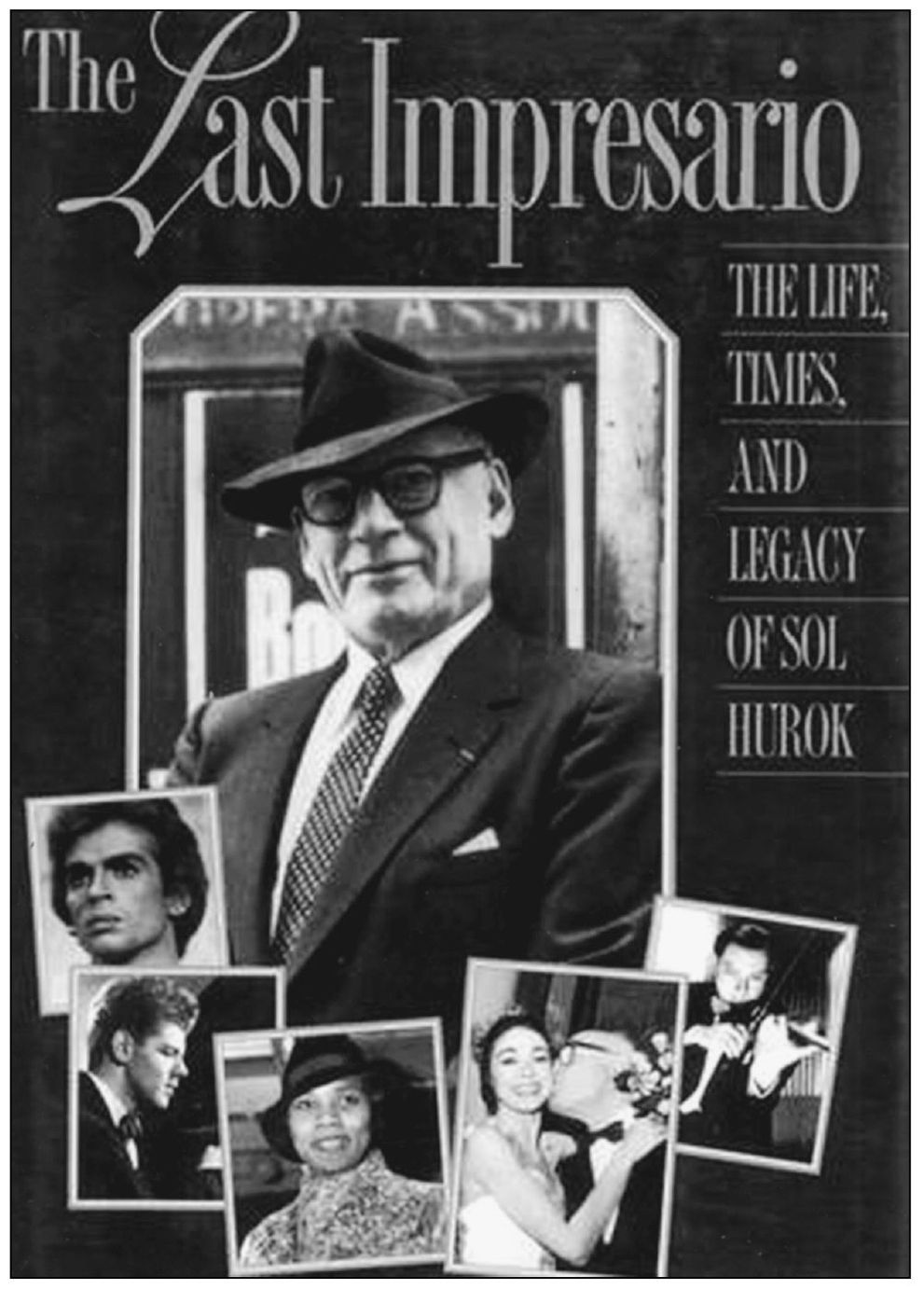
SOL HUROK. The greatest impresario of his time, Solomon Hurok (1888–1974) embodied the spirit of a mad love for great art coupled with entrepreneurial genius. During his truly extraordinary career, he dazzled Americans by bringing to theaters some of the greatest artists of the world. Feodor Chaliapin, Michel Fokine, Efrem Zimbalist, Artur Rubenstein, Anna Pavlova, Isadora Duncan (who was detained at Ellis Island), Marian Anderson, the Comédie Française, and the Bolshoi Ballet were among his many clients. Hurok recounted his rise from a poor immigrant peddler to the heights he reached in his autobiography, Impresario (1946).
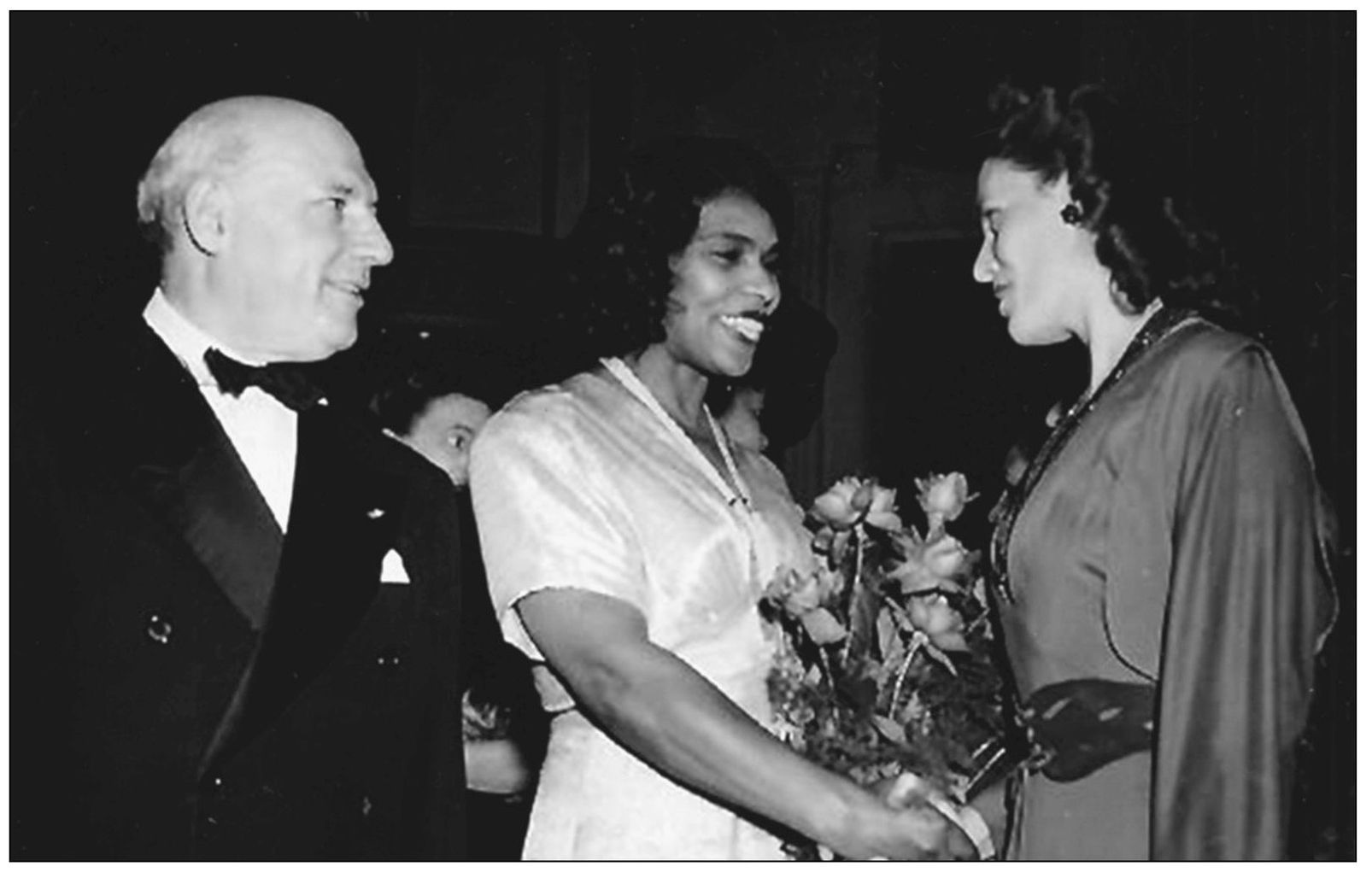
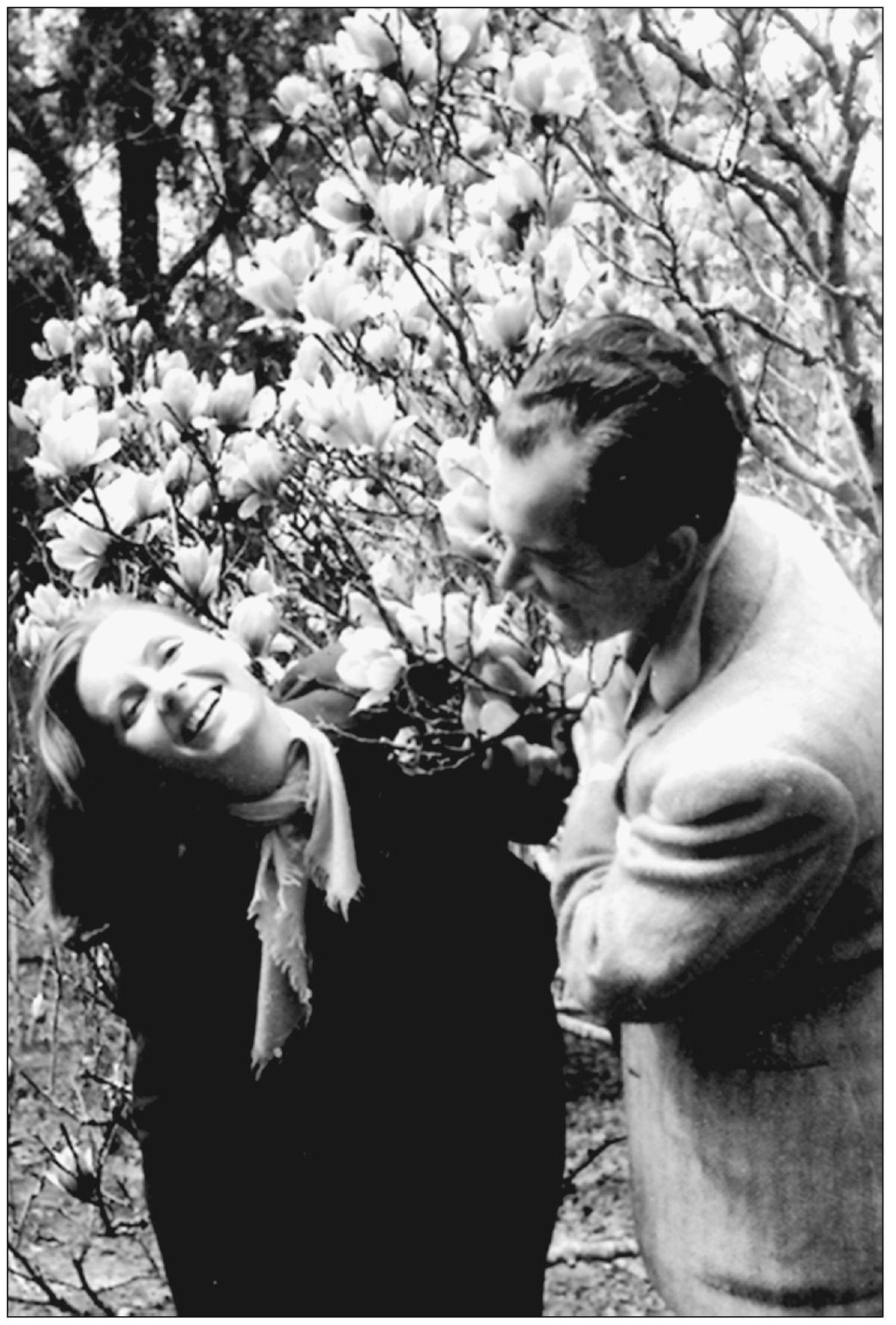
GAYELORD HAUSER. To Gayelord Hauser (born Helmuth Eugen Bengamin Gellert Hauser), the answer to many people’s health problems was an improvement in diet; “Eat better, live longer,” he always advised. Hauser was an early advocate of yogurt, blackstrap molasses, wheat germ, brewer’s yeast, powdered skimmed milk, and laxatives (like his Swiss Kriss). His self-help nutritional books were published as far back as the 1920s. Hauser left his native town of Tübingen, Germany, and set sail on board the SS George Washington, from Bremen. The young steerage passenger was inspected at Ellis Island on August 14, 1911. By rail, he traveled to Chicago, where his brother, Otto, was a Lutheran pastor. But tuberculosis forced him to return to Germany to seek a cure. This he found in a Catholic monastery; its basis was simple: a wholesome diet. He returned to America, and the rest is history. He is pictured with his client Greta Garbo.
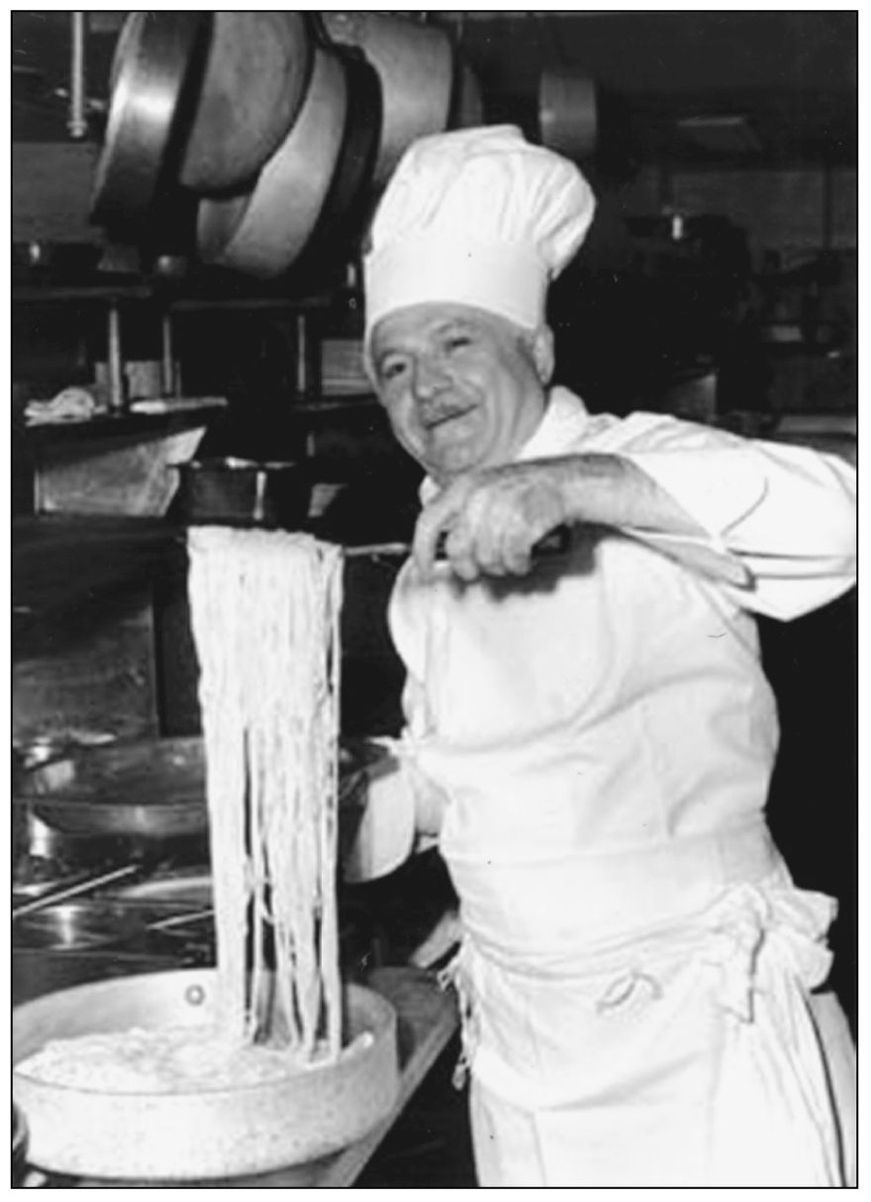
ETTORE BOIARDI, “CHEF BOYARDEE.”
Although Chef Boyardee canned pasta hardly represents the best of Italian cuisine, it serves its purpose, and moreover, it attracted millions of Americans to Italian food. Begun in the 1930s, the Chef Boyardee label became popular at a time when Italian restaurants were mostly found in Italian neighborhoods. Chef Boyardee changed all that. Ettore Boiardi (1897–1985) left Borgonovo, Italy, and sailed to America on the French ship La Lorraine in May 1914. The teenage steerage passenger went to join his brother Paolo in Manhattan.
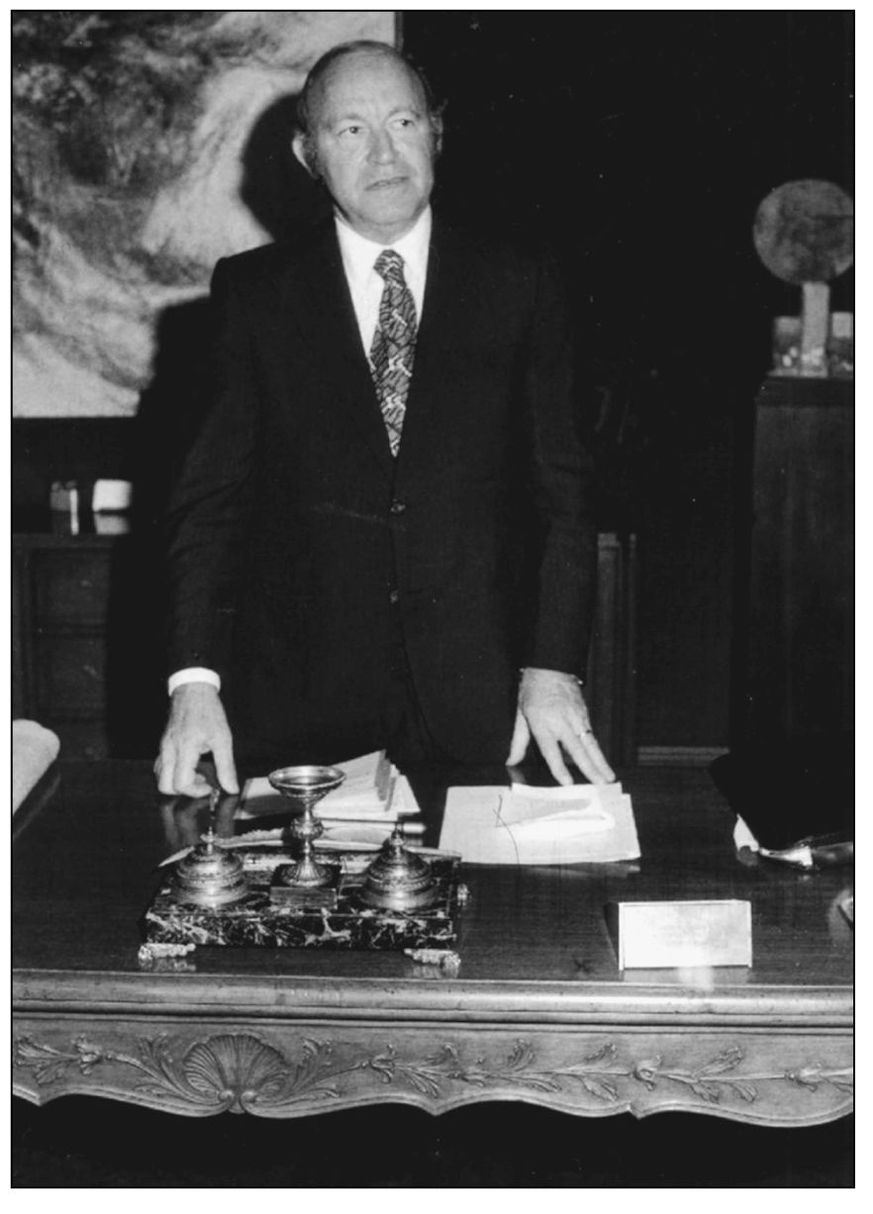
JOHN KLUGE. The billionaire founder of Metromedia and generous philanthropist established himself as a major entrepreneur, media tycoon, and investor decades ago. Johannes Kluge was born in Germany, and in September 1922, he journeyed in the steerage class of the SS George Washington with his parents; their destination was Detroit, Michigan.
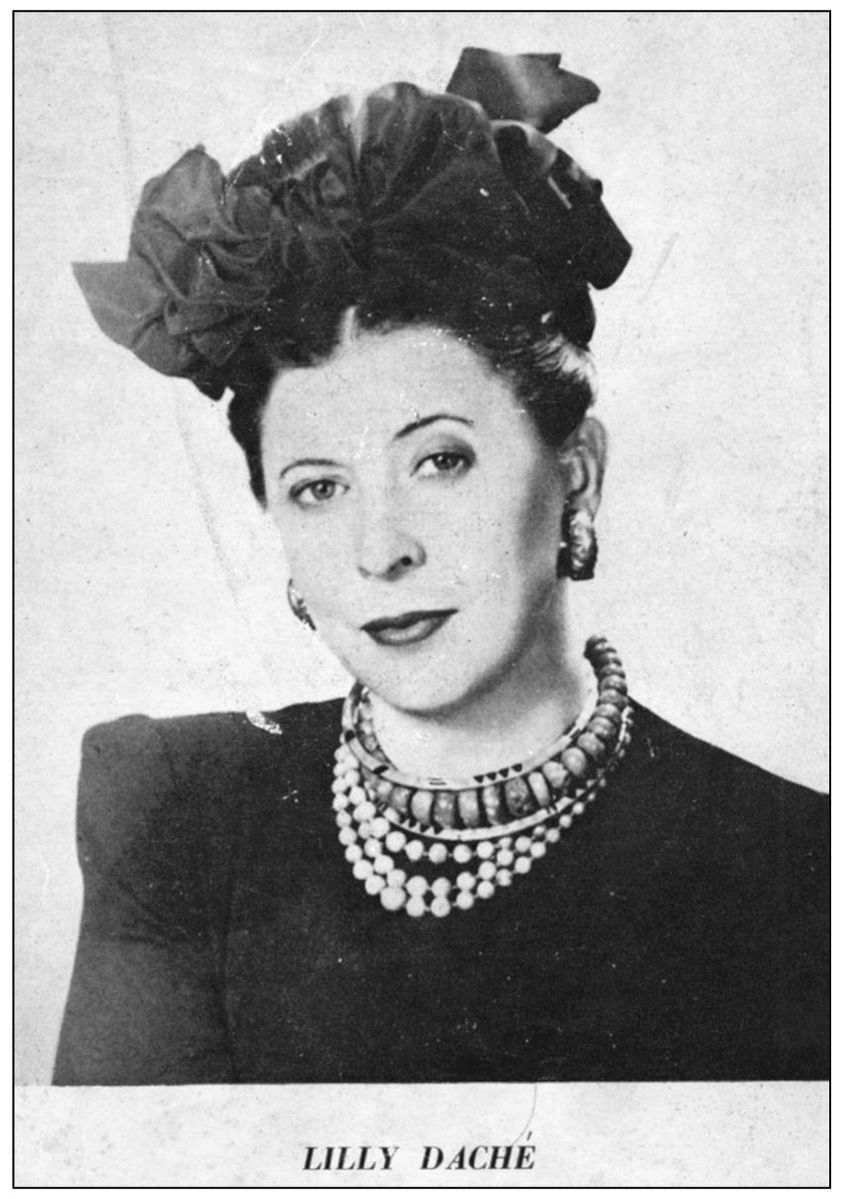
LILLY DACHÉ. It is difficult to believe that the queen of chic chapeaus came to America in 1919 with only $13, but such is the case. Lilly Daché (1893–1990) was apprenticed to a milliner when a girl in her hometown south of Paris. After emigrating, she saved money and opened her own millinery shop in New York. She was already achieving fame by 1923. For decades she dominated style at a time when ladies selected a hat before choosing the rest of the wardrobe. Her clients included fashionable stars such as Marlene Dietrich, Carole Lombard, Loretta Young, and Audrey Hepburn. She retired in 1968 and died in France. Her autobiography, Talking through My Hats, was published in 1946.
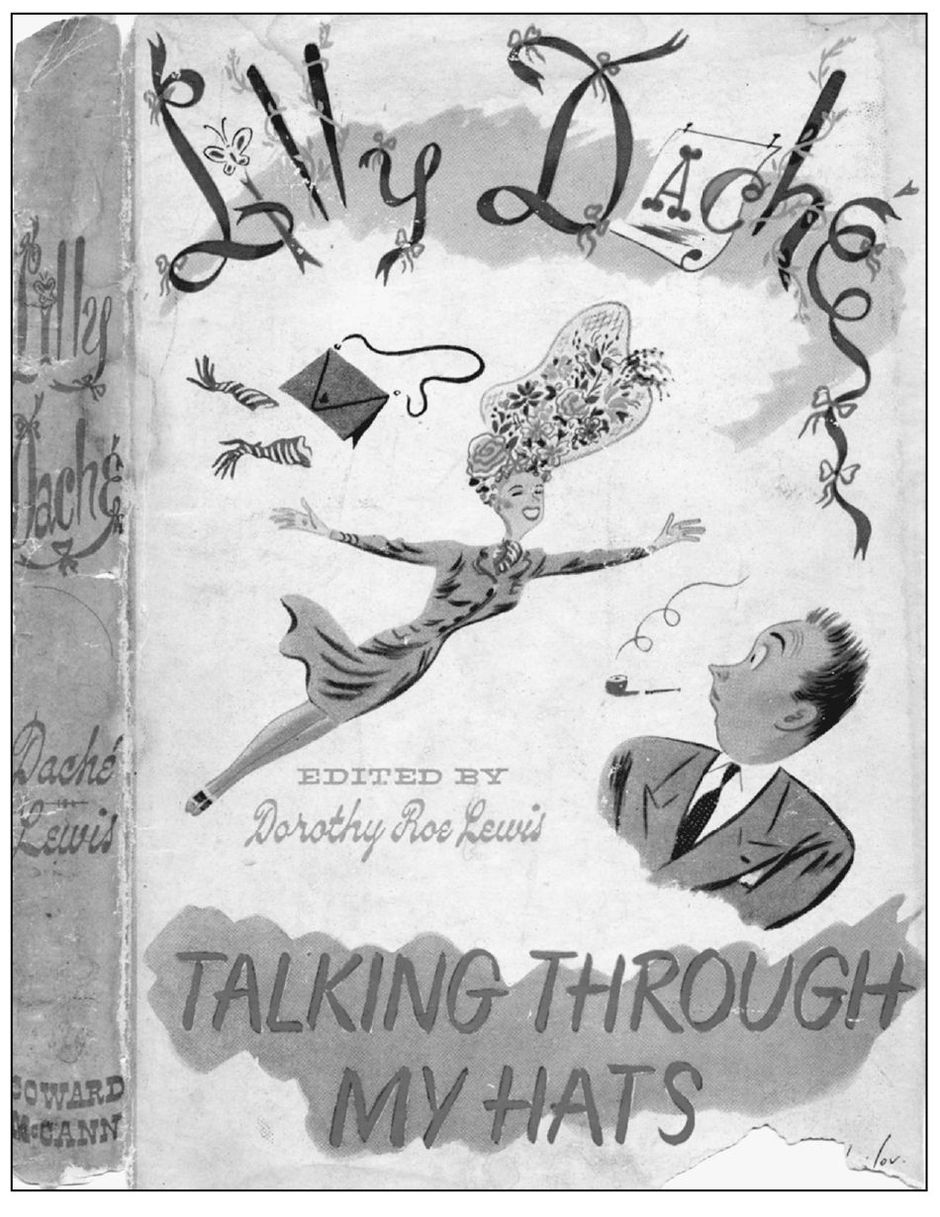
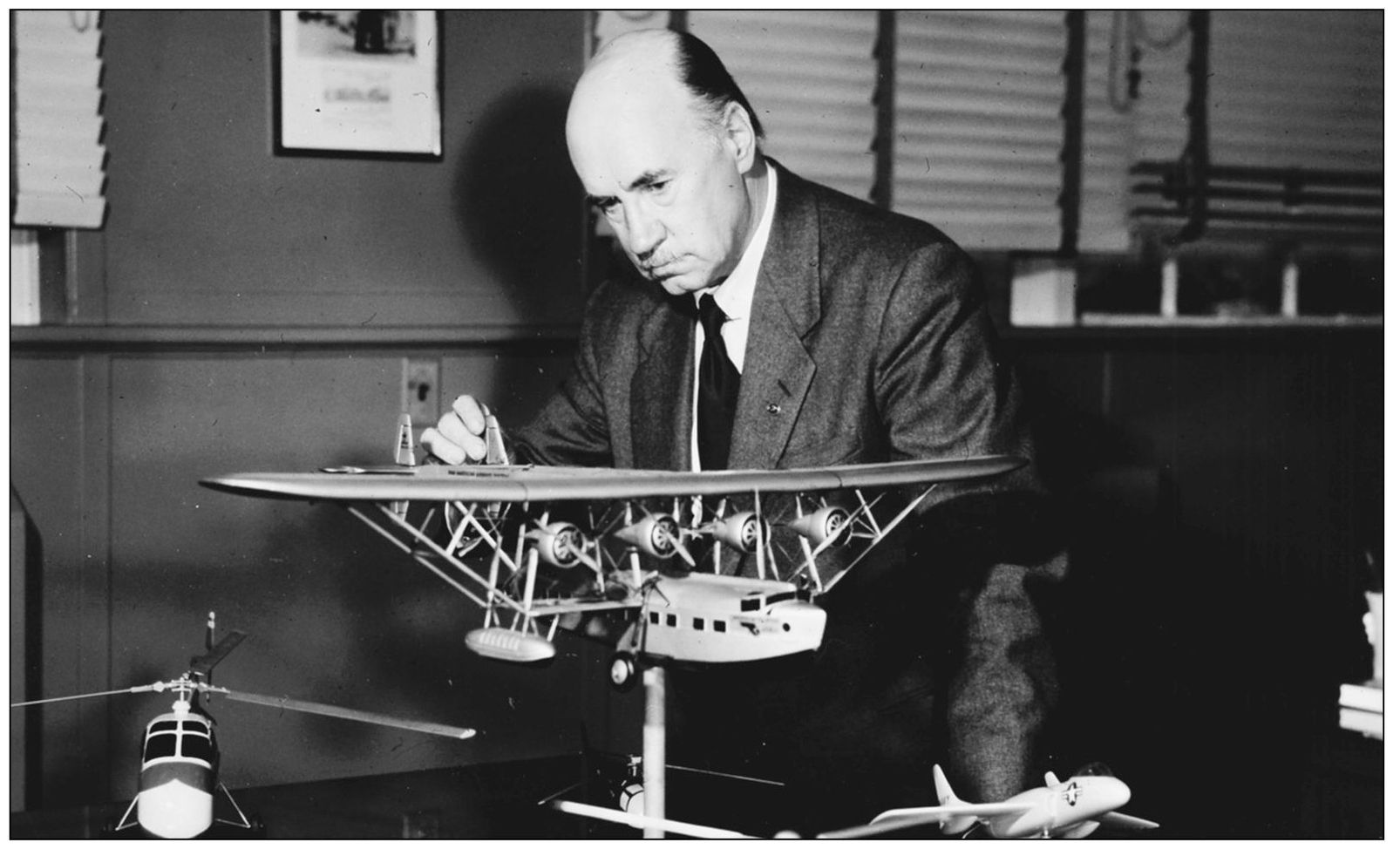
IGOR SIKORSKY. The man who perfected the helicopter came to America as a refugee in the wake of the bloody Bolshevik Revolution in Russia. Like many émigrés loyal to the czar, Igor Sikorsky (1889–1971) had to find a new life. He continued his pioneering work in aviation and at last achieved success with his Vought Sikorsky 300 helicopter. Sikorsky came to the United States on board the SS Lorraine in March 1919.
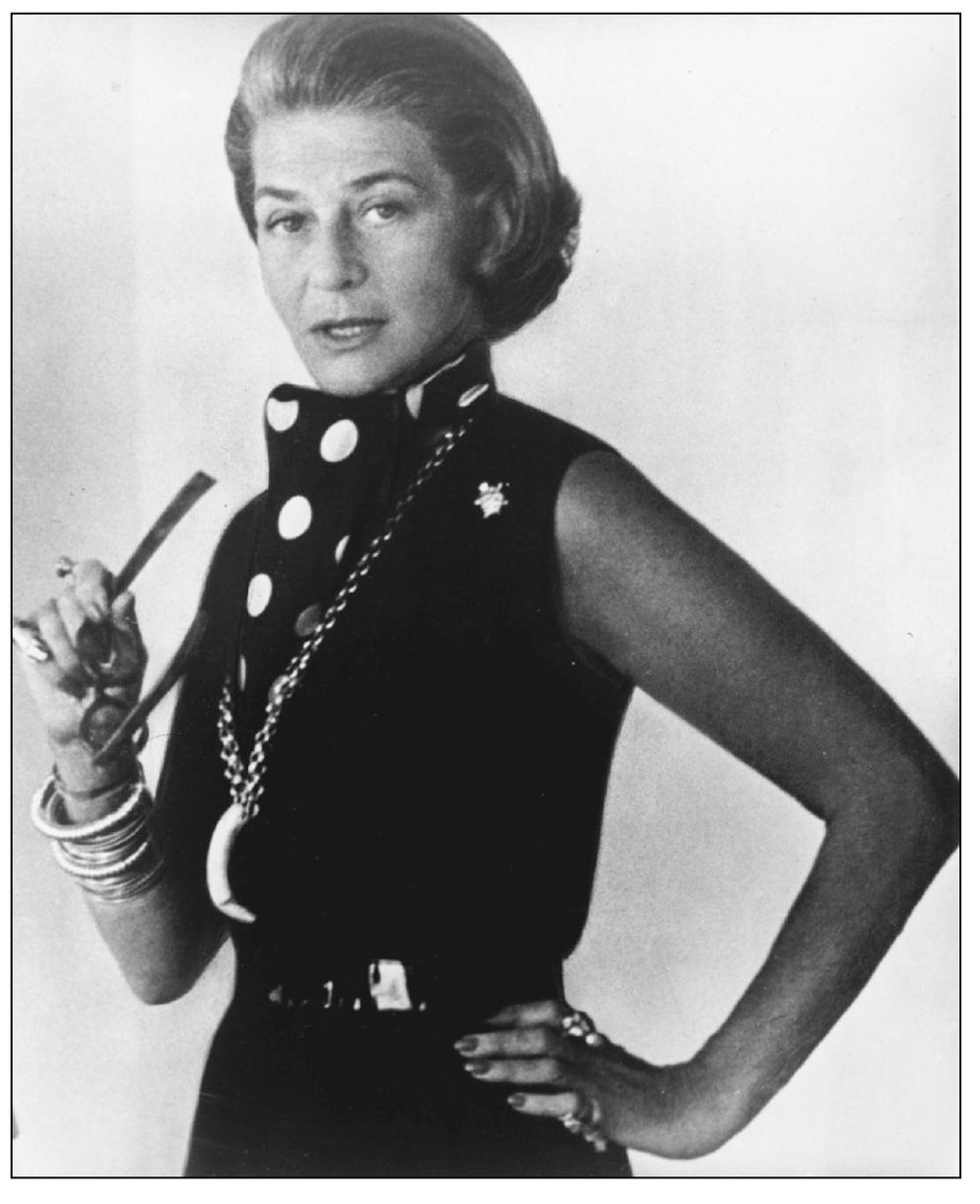
PAULINE TRIGÈRE. In 1937, with her marriage falling apart, Pauline Trigère (1909–2002) came to America to begin life anew. With her strong background in dressmaking, she easily found work in the fashion trade. In 1942, she opened her own establishment and made a name in the business within three years. She was famous for her handbags and other creations and remained in demand through the 1970s.